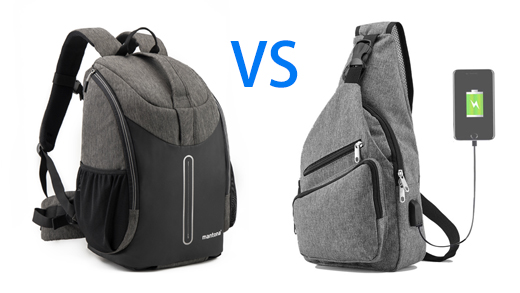Neoprene, a fascinating and versatile material, has gained immense popularity in various industries due to its unique properties and composition. From wetsuits to fashion apparel, neoprene has become a go-to choice for many applications. In this article, we will delve into the depths of neoprene, exploring its definition, origin, properties, manufacturing process, applications, and maintenance tips. Join us on this journey to unravel the wonders of neoprene and understand why it continues to be in high demand.
What is Neoprene?
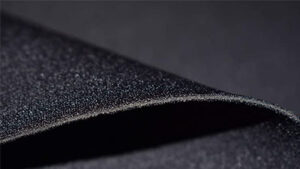
Neoprene, also known as polychloroprene, is a synthetic rubber that exhibits excellent performance in a wide range of environments. It was first developed by the DuPont Company in the 1930s as an alternative to natural rubber. Neoprene’s chemical structure gives it exceptional resistance to heat, ozone, oil, and weathering, making it an ideal material for various applications.
Neoprene’s unique properties have made it indispensable in numerous industries. Its exceptional durability, flexibility, and resistance to heat, chemicals, and UV radiation make it a preferred choice for applications ranging from sports and fashion to industrial and automotive sectors. The excellent water resistance and insulating properties of neoprene further contribute to its widespread use in wetsuits, diving gear, and medical applications.
How is Neoprene Made?
The production of neoprene involves several steps and quality control measures to ensure optimal performance. The process begins with the selection of high-quality raw materials, including chloroprene monomers and various additives. These raw materials are then subjected to a polymerization process, where they react to form polychloroprene. Accelerators and activators are introduced to initiate and control the polymerization reaction, resulting in the formation of a neoprene compound. The compound is then processed through vulcanization and curing, which enhance its mechanical properties and stability. Quality control measures, such as rigorous testing and inspection, are implemented during the manufacturing process to ensure the production of high-quality neoprene products.
What is Neoprene Used for?
Neoprene, with its remarkable properties and composition, has found its way into a diverse range of applications. Let’s dive into the various uses and industries where neoprene has made a significant impact:
Neoprene in Wetsuits and Diving Gear
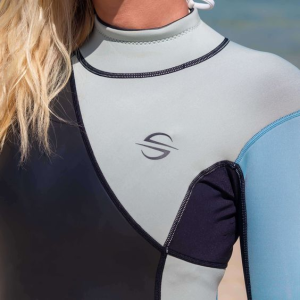
source: pinterest
One of the most notable applications of neoprene is in the manufacturing of wetsuits and diving gear. Neoprene’s exceptional water resistance and insulating properties make it an ideal choice for these purposes. It keeps divers and water sports enthusiasts dry by effectively repelling water, while its insulation capabilities provide thermal protection, ensuring comfort and warmth even in cold water.
Neoprene in Protective Sleeves
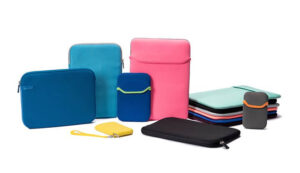
Neoprene’s versatility extends beyond diving gear and wetsuits, as it finds applications in neoprene protective sleeves for laptops, water bottles, lunch bags and so on. Neoprene laptop sleeves offer cushioned protection against scratches and bumps, while water bottle sleeves provide insulation for temperature maintenance. Neoprene lunch bags ensure freshness and security. With neoprene sleeves, your everyday essentials are stylishly shielded and kept at their best.
Neoprene in Sports and Fitness Equipment
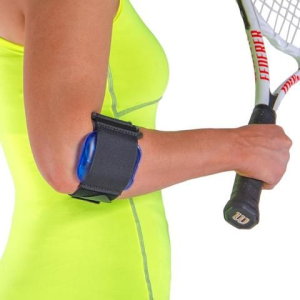
source: pinterest
Neoprene has become a staple in the sports and fitness industry due to its exceptional properties. It is commonly found in equipment such as knee and elbow braces, gloves, and weightlifting belts. Neoprene’s flexibility, durability, and resistance to wear and tear make it an ideal material for products that require both comfort and enhanced performance. Its ability to protect joints, provide support, and withstand rigorous use has made it a favorite among athletes and fitness enthusiasts.
Neoprene in Fashion and Apparel
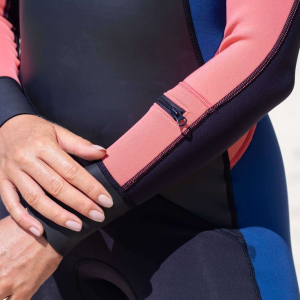
source: pinterest
Neoprene has entered the fashion and apparel world, adding a touch of style and functionality to various designs. Its unique texture and elasticity have made it popular in the creation of clothing, footwear, and accessories. Neoprene’s ability to mold and shape effortlessly allows for innovative and intricate designs while providing the wearer with excellent comfort and durability.
Neoprene in Medical and Healthcare Neoprene
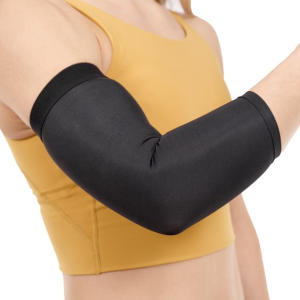
source: pinterest
The medical and healthcare industries have embraced neoprene for its exceptional properties. It is frequently used in orthopedic supports, compression sleeves, and medical braces due to its ability to provide firm support and enhance stability. Neoprene’s resistance to moisture and its hypoallergenic nature make it an excellent choice for wound dressings and medical equipment. Its functionality and comfort have made it a trusted material in various medical applications that prioritize optimal care and well-being.
Properties and Composition of Neoprene
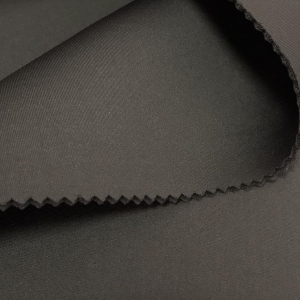
source: pinterest
Chemical Composition of Neoprene
Neoprene is a synthetic rubber that owes its impressive properties to its unique chemical composition. Formed through the synthesis of chloroprene monomers, neoprene exhibits exceptional resistance to heat, ozone, oil, and weathering. This carefully crafted composition sets neoprene apart from other materials, making it highly versatile and suitable for a wide range of applications.
Physical Properties of Neoprene
Neoprene boasts a solid and resilient physical structure. Its remarkable elasticity enables it to be easily molded and shaped, making it ideal for intricate designs and complex shapes. Alongside its flexibility, neoprene also showcases outstanding tear and abrasion resistance, ensuring its durability even in demanding environments. The harmonious blend of strength and flexibility makes neoprene a reliable choice for various applications.
Durability and Flexibility of Neoprene
Neoprene is known for its exceptional durability. Its ability to withstand harsh conditions and extreme environments makes it a dependable material for long-lasting performance. Even with its robustness, neoprene remains highly flexible, effectively adapting to different shapes and tolerating repeated movements without compromising its structural integrity. This perfect balance of durability and flexibility sets neoprene apart in the materials landscape.
Resistance to Heat, Chemicals, and UV Radiation
One of its standout features is neoprene’s impressive resistance to heat, chemicals, and UV radiation. Able to withstand high temperatures without distorting its shape or properties, neoprene proves its stability. It also exhibits noteworthy resistance to a wide range of chemicals, making it a viable choice for applications in corrosive environments. Additionally, neoprene’s ability to fend off the harmful effects of UV radiation ensures its long lifespan, making it ideal for outdoor applications that require protection from the sun.
Water Resistance of Neoprene
Neoprene excels in its ability to resist water, making it an invaluable material for products requiring effective waterproofing. Whether in wetsuits, diving gear, or medical applications that demand moisture protection, neoprene reliably acts as a barrier against water. This not only keeps the user dry but also enhances comfort and performance in water-based activities. Neoprene’s water resistance adds functionality and dependability to products that utilize it.
Insulating Properties of Neoprene
Neoprene’s exceptional insulating properties make it an excellent choice for applications that necessitate thermal protection. In wetsuits and diving gear, neoprene serves as an outstanding insulator, preventing heat transfer and ensuring the wearer stays warm in cold water. This insulation enhances comfort and safety in various environments, making neoprene a preferred material for professionals and enthusiasts alike.
Neoprene vs Rubber
Certainly! Below is a comparison chart highlighting some key properties and characteristics of neoprene and rubber:
| Type | Neoprene | Rubber |
| Composition | Synthetic rubber | Natural or synthetic |
| Resistance to Chemicals | Excellent resistance to chemicals and oil | Varies depending on the type of rubber |
| Durability | High durability and resistance to abrasion and tearing | Varies depending on the type of rubber |
| Temperature Resistance | Good resistance to moderate temperature fluctuations | Varies depending on the type of rubber |
| Water Resistance | Excellent water resistance | Varies depending on the type of rubber |
| UV Resistance | Good resistance to UV radiation | Varies depending on the type of rubber |
| Common Applications | Wetsuits, diving gear, industrial applications, medical supports,
ashion and apparel |
Seals, gaskets, tires, footwear, automotive components, electrical
insulation |
While neoprene and rubber are both elastomers, they have distinct characteristics that set them apart. Natural rubber is derived from the latex sap of rubber trees, whereas neoprene is a synthetic rubber. Neoprene possesses superior resistance to heat, ozone, oil, and weathering compared to natural rubber. It also exhibits better resistance to chemicals and UV radiation. Synthetic rubbers, on the other hand, vary in terms of properties depending on their composition. When comparing neoprene to synthetic rubber, neoprene generally performs better in terms of durability, flexibility, and resistance to heat and chemicals.
Choosing the Right Neoprene Product
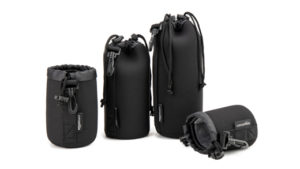
When selecting neoprene products, there are several factors to consider. Firstly, the intended use and specific requirements of the application play a crucial role in determining the type and grade of neoprene needed. Different grades of neoprene offer varying levels of performance and suitability for specific applications. The thickness of neoprene is another important consideration as it affects the product’s insulating and protective capabilities. Additionally, assessing quality and performance certifications can ensure that the neoprene product meets industry standards and requirements. Fit and comfort are crucial factors, especially in products worn against the skin, such as wetsuits and braces. Choosing a well-fitting neoprene product enhances comfort and performance.
Maintenance and Care for Neoprene Items
To prolong the lifespan of neoprene items, proper maintenance and care are essential. Cleaning neoprene products should be done using mild detergents and warm water.
- Harsh chemicals and abrasive materials should be avoided as they can damage the material.
- After cleaning, it is important to dry neoprene items thoroughly to prevent moisture buildup, which can lead to mold and mildew growth.
- Storing neoprene products in a dry, cool, and well-ventilated area is recommended to prevent degradation and maintain their longevity.
- In case of any damage, timely repair and maintenance should be carried out using compatible adhesives and patch materials to ensure the item’s continued usability.
FAQS about Neoprene
1. Can neoprene be washed?
Neoprene can be washed, typically by hand or in a gentle machine cycle using mild detergent. It is important to follow the manufacturer’s care instructions, as some neoprene products may require specific cleaning methods.
2. Can neoprene go in the dryer?
Neoprene should not be put in the dryer, as excessive heat can damage its properties. It is recommended to air dry neoprene products flat or hang them to dry in a well-ventilated area.
3. What fabric is similar to neoprene?
Scuba knit fabric, also known as techno or spacer fabric, is a fabric that is similar to neoprene. It is a thick, stretchy material that provides insulation and durability, making it suitable for various applications such as apparel and accessories.
Conclusion
In summary, neoprene’s versatile properties and wide array of applications have secured its place as a highly demanded material in various industries. Its unique composition and exceptional performance make it a preferred choice for applications requiring durability, flexibility, resistance to heat and chemicals, and insulation. The enduring popularity and relevance of neoprene can be attributed to its ability to meet the diverse needs of industries ranging from sports and fashion to industrial and medical sectors. As advancements in technology continue to expand the possibilities of neoprene, it is anticipated that the market for this remarkable material will continue to grow in the future.



